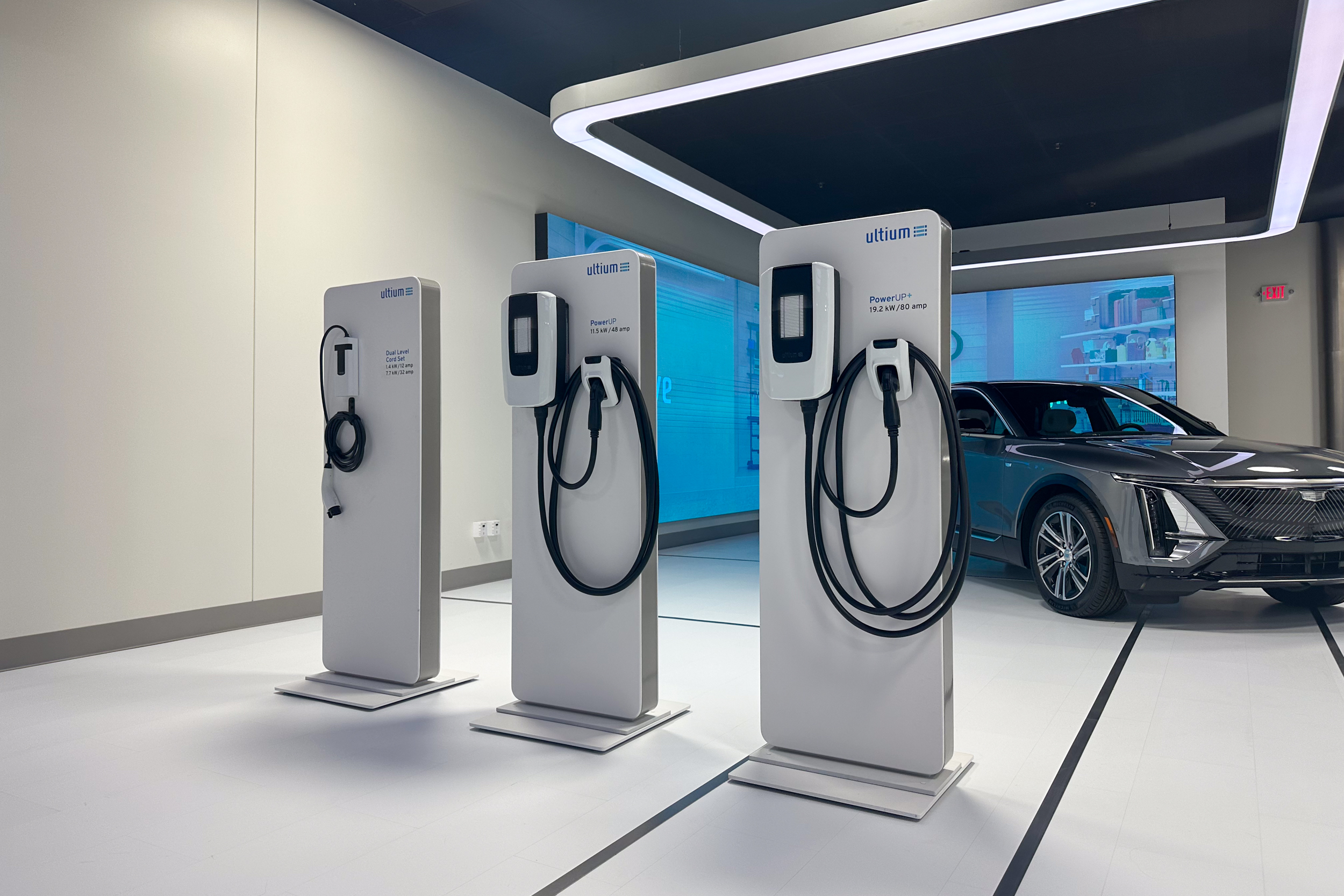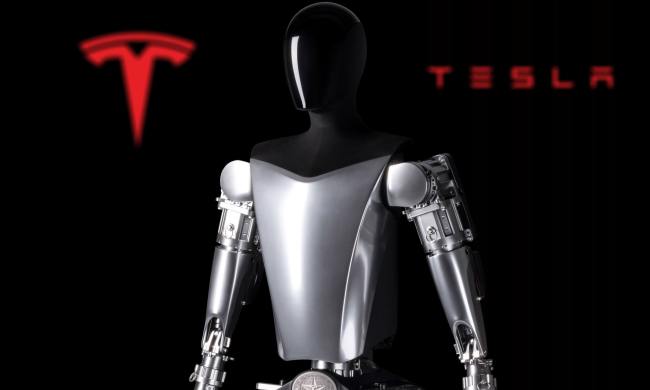
EVs are finally moving from niche and expensive to mainstream and at least somewhat affordable, especially with cars like the new Volvo EX30 and now-doomed Chevy Bolt. But not everyone is comfortable with buying an electric car just yet. Between the unknowns of EV battery longevity and the anxiety associated with charging, there are plenty of customers who aren’t quite sure if an electric car is right for them.
But GM wants to help ease those fears. How? With a good old-fashioned Zoom call. A new program called EV Live lets you talk with EV experts and see the cars up-close, in a format that’s more convenient than driving to a dealership. GM invited me out to Michigan to show me exactly how EV Live works — and it’s actually a pretty smart idea.
What is EV Live?
EV Live is essentially a way for GM to educate potential buyers on how to buy electric cars, what an electric car will do for them, and what kinds of cars are available from GM.
The way it works is pretty simple. You head to the EV Live website and join a tour right away, or schedule either a one-on-one or group tour for a future date. You’re plopped into a live chat with a GM representative, just like a Zoom call, but your camera won’t be active.
When you’re in the tour, you’ll be guided through a look at GM’s EVs, the platform powering those EVs, and some of the charging tech that you can use to keep an EV topped up. Customers who join can ask anything they want about EVs, ensuring that they get the information they need to make a purchase decision. For example, perhaps you have a question about the difference between Level 2 and Level 3 charging. The representative will walk over to the charging station section, to give a visual look at the differences and how they affect drivers. It’s all free, and it’s all very easy to use.

Behind the scenes, the setup is pretty cool. GM representatives basically walk around a giant room with a phone on a mobile gimbal, talking to prospective buyers and offering information about what EVs are and how they work. The spotless, well-lit room is similar to what you might see at a showroom or auto show.
The end goal? Of course, it’s to sell more GM EVs. But since you can’t exactly click “Add to cart” on a $35,000 car online, there’s less pressure than you might feel in a dealership environment.
GM say it’s not meant to be a replacement for the dealership — it’s meant to be a tool to educate buyers. Of course, GM wouldn’t invest the money in this kind of thing if it didn’t think that EV Live would convert customers — whether they be customers now or customers at some point in the future.
Bracing for an electric future
GM has had a bit of a rocky year or so in the EV space. While the Chevy Bolt EV was one of the cheapest electric cars with a decent range, the company is set to discontinue the car at the end of the year following multiple recalls. Not only that, but the company just announced that it’s switching away from the CCS charging standard to Tesla’s NACS plug — potentially adding to confusion due to the need for adapters at non-Tesla stations, and raising questions about how seamless using a non-Tesla car at a Tesla charging station could really be. And while you can visit a dealership and walk out with a Bolt today, the Silverado, Equinox, and Blazer EV remain months away. In the meantime, Ford, Tesla, and Volvo offer compelling alternatives that most drivers should cross-shop on their hunt for the best EV.
However, no other company has stepped up with an education effort like EV Live. Sure, customers can search the web for answers to their questions, but getting a real person on the line to explain things is a great way to learn, especially for would-be buyers who may not be as internet savvy.
Ever try to explain electric car charging to your EV-curious grandmother? With EV Live, you may not have to.



